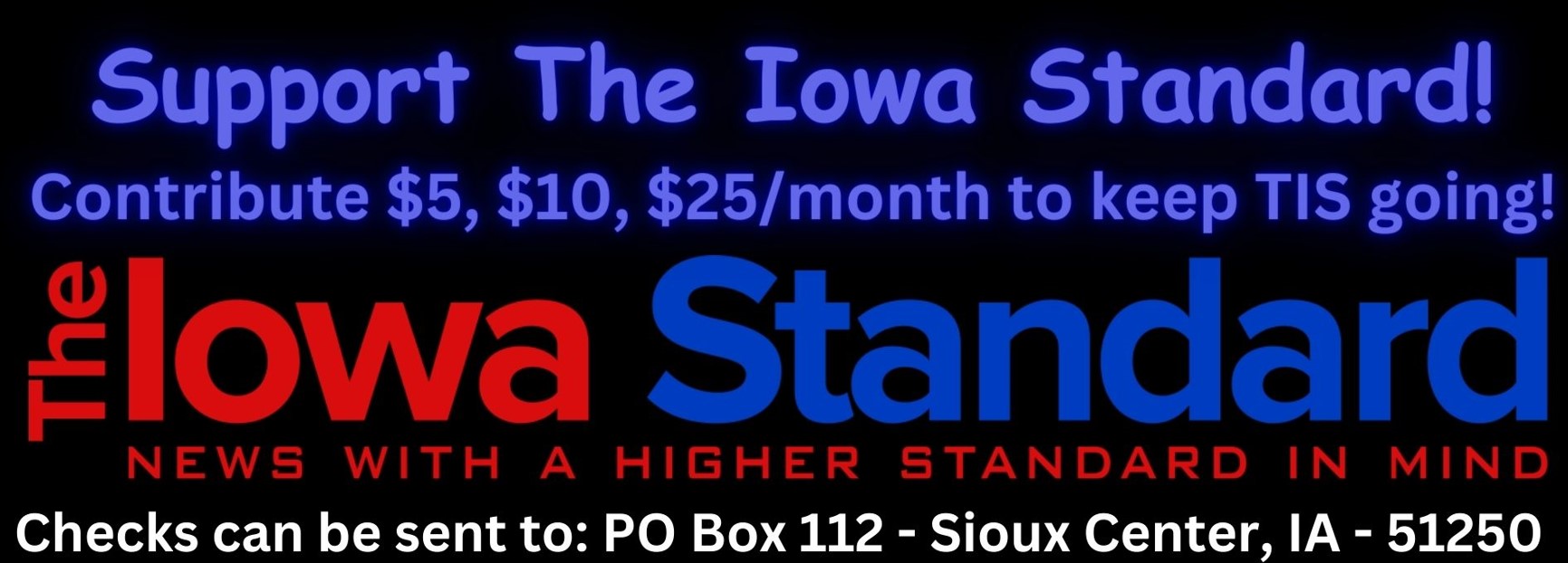Last week in my newsletter I outlined the provisions of the school choice bill the governor is proposing and explained briefly why I support it.
This week I will address the various concerns I have heard:
- “You’re taking away money from public schools.” No, this is a separate grant program. It competes against state funding for public schools just like Medicaid funding and public safety funding do. But it doesn’t come out of the state funding for public schools. That is a separate decision. We have to juggle all state programs against each other. We can support our public schools at the same time; it’s not either/or. We have increased funding to public schools every year, a $1.5 billion increase over the last decade. We must remember that with state funding and property taxes public schools get over $5.5 billion. This ESA program is estimated to cost $100 million the first year and $300 million in the 3rd year, the year of full implementation. To put this into perspective….Combined with the other taxpayer money supporting private schools, private schools, by full implementation, will only receive 5.4% of the funding public schools receive. In addition, in states that have strong ESA programs there has not been a mass exodus from public schools; participation rates are shown to be extremely low, between 2 to 5%. There is no intent to defund public schools here-that would eliminate that choice. Also, part of this bill is that categorical funding for districts will now be based on certified enrollment plus resident pupils receiving an ESA, thus providing more resources for the public school.
- “This will ruin public schools.” The idea behind school choice is that more competition between schools helps make all schools better, thus raising the quality of education for all students. Iron sharpens iron. In states with robust school choice programs such as Arizona, Florida, Indiana, North Carolina, and West Virginia the public school systems continue to grow while achievement has continued to improve for both those students who take advantage of school choice programs as well as those who choose to remain in public schools. Why would school choice ruin a public school that is doing a good job? A public school that is doing a good job has nothing to fear. It should also be noted again that the per cent of students participating in school choice programs in those states with the longest and most robust programs is 2-5%. This program now means private schools as well as public schools will have a great interest in the setting of SSA for public schools each year.
- “This will ruin our rural schools.” It costs about $17,000 to educate each child in the public school system if you count all the dollars: state aid, property tax and federal funding. Only about $7500 will go with the student; the other nearly $10,000 will stay with the resident school district. This is money that will go to rural schools who will not even be having to educate that student. Also to remember, there are few private schools that even exist in rural areas for parents to choose to send their child to. The vast majority of Iowa students attend public schools and a vast majority of Iowa students will continue to choose their public school. I believe our rural schools will be largely unaffected.
- “Public dollars shouldn’t be going to fund private schools.” That has not been the case for a long time. We have had public dollars indirectly funding private schools for many years. The biggest example is the Iowa Tuition Grant, a program which began in the mid-70’s, which helps students in private colleges fund their education. Wartburg College here locally is a big beneficiary of that program. The Iowa Tuition Grant is like an ESA program: the money goes to the student, who then chooses the college to attend. Public dollars like Medicaid don’t dictate what doctor the patient goes to; they are given to the patient and the patient chooses their doctor. Same with food stamps: government doesn’t dictate what grocery store that is spent at. That said, I do have concerns with future governments attaching conditions that are perhaps unacceptable to private schools due to their usually faith-based nature in order to receive this funding. However, that has not occurred with the Iowa Tuition Grant program, nor has it occurred with ESA’s in other states, and so I wouldn’t think it should occur with ESA’s here in Iowa.
- “If a private school gets taxpayer money they should have to live by the same rules we do.” The legislation only applies to accredited private schools; non-accredited private schools are not eligible for this program. Accredited private schools are required to use the Common Core and other mandated state standards as public schools are. They are also required to administer standardized tests, employ licensed teachers and to pass accreditation, just as public schools are. Requiring private schools to be exactly like the public schools may be implementing the same system that is already not working for a child, which takes away from the educational options available to children in our state. I have worked for many years to roll back one of the most heavy-handed and comprehensive set of regulations regarding educational policy that relentlessly affects our frontline workers (teachers) day in and day out that public schools have to deal with, which is the Common Core & the science and social studies mandated standards. All I have seen is very little resistance from public schools to those oppressive standards, but rather they have only shown staunch support for them. I don’t really see any serious efforts by public schools to get rid of any of their rules.
- “Private schools can turn away students, but public schools must take all students.” Public schools restrict students by geographical district boundaries. They can deny open enrollment to students who apply and they have done that. Since private schools have more limited funding than public schools they do not always have the capacity to provide an education for a student with special needs. An ESA program may increase the capacity of a private school to educate a child with special needs because the school would receive more funding. If a private school cannot provide for the educational needs of a student, it is unlikely the parents will want their child to go there. It would be a disservice for a school to try to educate a child for which it is not adequately equipped. Even public schools sometimes send special needs children to different schools in order to receive the education they need. Also it should be remembered that private school students currently have access to AEA services.
- “There is no accountability for this taxpayer money if it goes to private schools.” Remember that these accredited private schools also have to teach the same state standards, administer the same standardized tests, and go through an accreditation process as mentioned above. The Dept. of Ed., the State Board of Ed., and the Attorney General each have a role in providing accountability under this proposal. Families of private school students have to spend their own money and that provides plenty of incentive to ensure the school is educating their children.
- “If we had more money we could help these children. Funding to public schools has not kept up with inflation.” We have increased funding to the schools by $1.5 billion over the last decade. That is a huge amount of money. Money won’t solve the problems in education, so let’s take a different approach. It’s time to give school choice a chance. Inflation has increased roughly 35% since FY 2011, while state school aid has increased 52.9% over the same time.
- “Kids who attend private schools do much worse than kids who stay in public schools.” Simply not true. Many studies show the exact opposite. They show kids who are able to take advantage of school choice programs do much better than they did when they were in public schools. That is reasonable because these particular kids that were in the public school were not thriving and needed to move to a better educational setting for them, one in which they did thrive. And these studies also show that school choice leads to better outcomes in public schools as well. It turns out that school choice, like choice in consumer products, provides value by improving quality and in the case of education, better student achievement.
- “This bill is racist and discriminatory towards minorities.” All Iowa students regardless of race or ethnicity can take advantage of this opportunity. Why would we want to force a parent to keep a child in a school that the parent doesn’t think is best for them no matter what race they are?
- “This is just a full-blown voucher program.” This is not a voucher program. Vouchers go straight to the school bypassing the family. With ESA’s, the money would go into an account for the student. The family would then decide what school to send their child. The money would follow the student to the school of the family’s choice, like it does for the Iowa Tuition Grant. If it helps improve student outcomes, why wouldn’t we want to do it? Why would we not want a family to be able to choose the school that best meets their needs? Why would we want to limit a child’s opportunities?
Concluding Comments: Are these arguments designed to keep the status quo? In some families, the status quo does not work. Parents with low to moderate income and who cannot homeschool their children, do not have many opportunities for choice in education. These children should not be denied a better education due to their family income level or where they live. These families need some help to be able to make a choice that is best for their child. This is a freedom issue for them. We must consider all Iowa kids, not just some of them. This is a student-centered proposal; not a system-centered proposal. Students are funded, not systems. The child does not exist to serve the educational system. The educational system exists to serve the child.

















